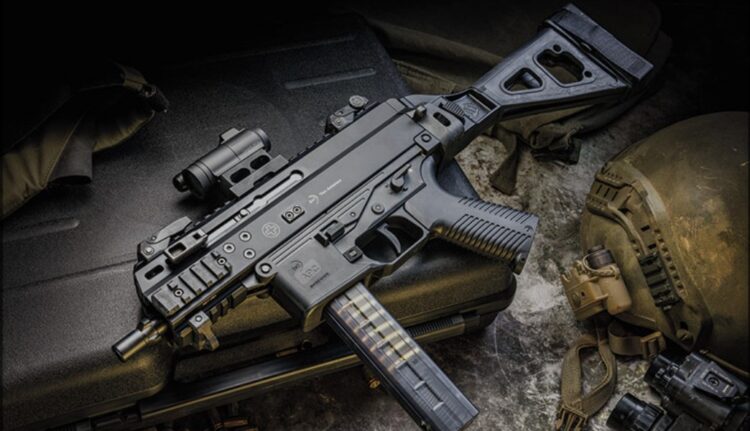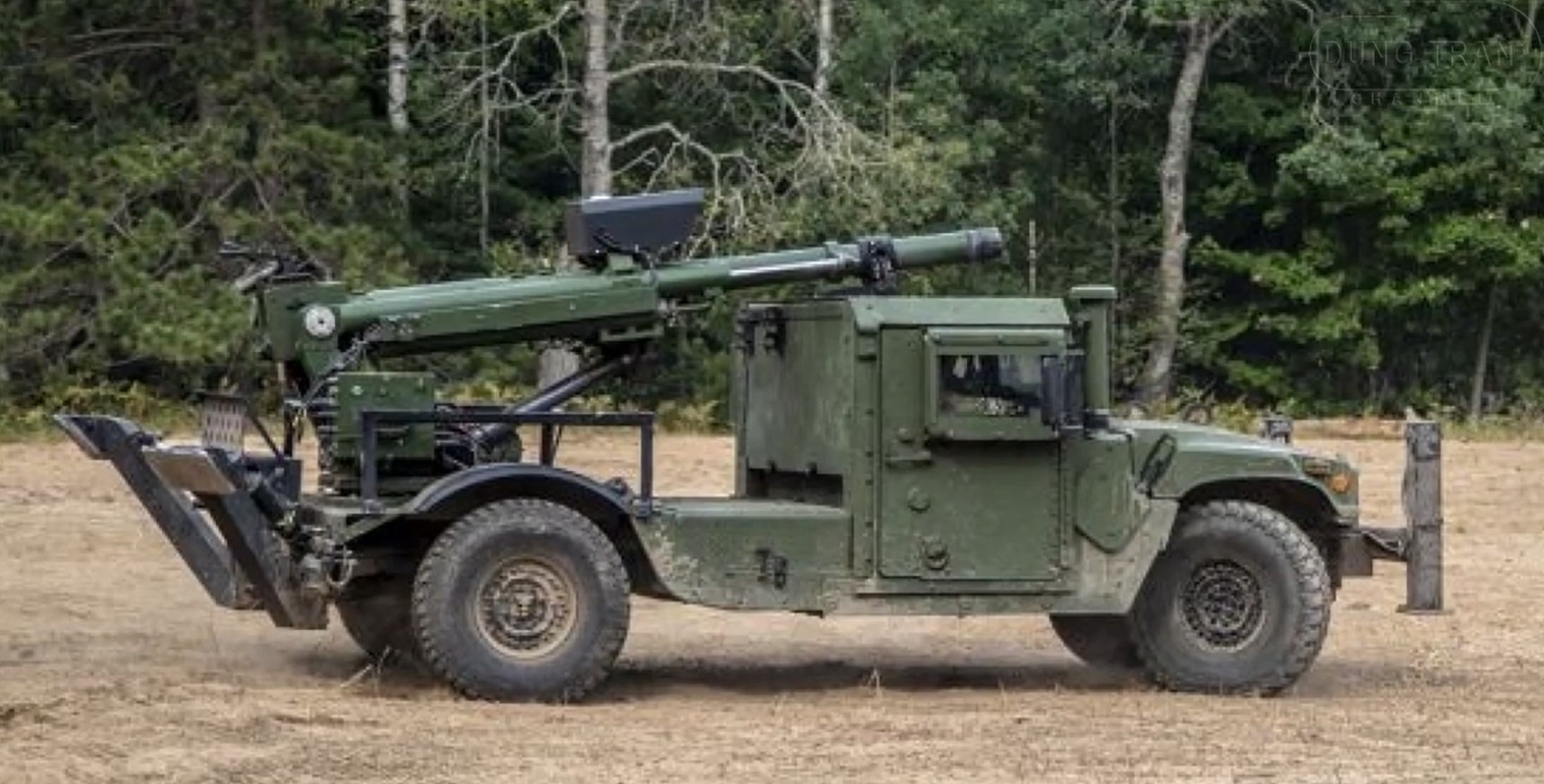The transition of military armaments is a topic that often captures public interest due to its implications on national defense and international influence. One notable recent development in this field is the quiet but significant adoption of the B&T APC9K by the U.S. Army. Let’s delve into what makes this submachine gun an attractive choice for military use and explore its potential impact.
The Selection of the B&T APC9K
In a move that seems to have flown under the radar, the U.S. Army has adopted the B&T APC9K submachine gun, a compact and versatile firearm designed by the Swiss company B&T (Brügger & Thomet). This selection was made under the U.S. Army’s Personal Security Detail Weapon program, which aims to provide personnel operating in close quarters with efficient and reliable firepower.
According to reports, the decision underscores the army’s focus on adaptability and precision in urban environments where engagements are often at close range. The B&T APC9K is set to replace other legacy systems that may not offer the same level of performance or compactness.
Why the APC9K?
The B&T APC9K, which stands for Advanced Police Carbine, is a state-of-the-art submachine gun favored for several unique qualities. Its compact size and lightweight design make it ideal for quick maneuvers without sacrificing firepower. This is crucial for operations where space is limited and reactions must be instinctive. Additionally, the submachine gun operates on a closed-bolt blowback system ensuring accuracy and reliability.
Here is a closer look at the specifications of the B&T APC9K which have earned it favor among U.S. Army selectors:
| Specification | Details |
|---|---|
| Caliber | 9x19mm |
| Weight | 2.6 kg (5.73 lbs) |
| Overall Length | 385-597 mm (15.1-23.5 inches) adjustable with stock |
| Barrel Length | 175 mm (6.9 inches) |
| Rate of Fire | 1080 rounds per minute |
| Feed System | Standard 33-round magazine |
| Sights | Foldable open sights |
| Operating System | Closed-bolt blowback |
The Role and Importance
Using such a weapon, tailored for security details, enhances the operative capabilities in environments where close-quarter battle proficiency is a priority. Its adoption indicates a strategic shift towards modern weaponry tailored for specific missions and environments.
The functionality of the APC9K, paired with modern tactical features such as Picatinny rail systems for modular accessories, allows soldiers to customize the firearm in the field to suit specific mission requirements. The weapon supports optical sights, laser pointers, and tactical lights without compromising its durability or function.
Impact on the Military Landscape
This choice by the U.S. Army highlights a broader trend of integrating more agile and technological solutions into standard ops. As urban and asymmetric warfare become more prominent, having a weapon that balances size and capability becomes increasingly valuable.
- Enhanced Agility: Provides users with greater movement flexibility, crucial in dense urban terrain.
- Precision in Design: Facilitates accuracy and provides more controlled engagements.
- Versatile Adaptations: Allow for easily personalized configurations with various attachments and accessories.
By using tools like the APC9K, military forces are better equipped to respond to a vast range of mission parameters, from reconnaissance to direct engagement with adversaries.
As the U.S. Army embarks on modernizing its toolkit, choices like the B&T APC9K are reflective of evolving tactical doctrines that prioritize efficiency, precision, and adaptability. This silent yet strategic adoption will likely influence future procurement decisions as the landscape of modern warfare continues to change.









